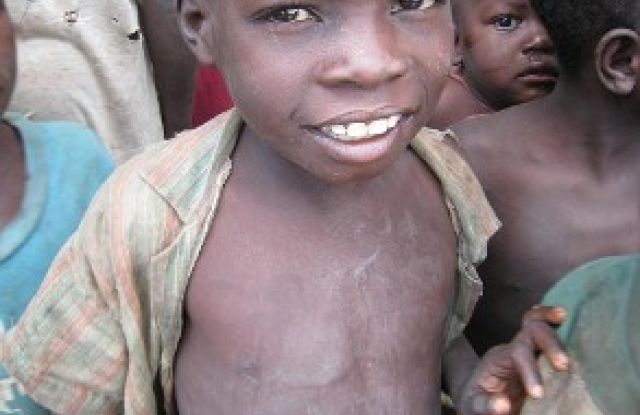Peru earthquake – report from epicenter

We’re now in Chincha, Peru launching the 2008 World Race. Last year, on August 15th in the early evening, a magnitude 8.0 earthquake struck here. Three cities were particularly hard hit: Chincha, Pisco and Ica.
Perhaps 80% of Pisco was destroyed. Pisco has tended to get much more attention (and resources) than the other two cities. However, Chincha, being a much larger and more populous city has much more destruction than either Pisco or Ica.
| CITY | HOMES DESTROYED | DEATHS |
| Ica | 8,000 | 68 |
| Pisco | 60,000 | 270 |
| Chincha | 120,000 | 170 |
 TAMBO DE MORA
TAMBO DE MORA
Tambo de Mora is part of Chincha right on the coast. Of all the places that incurred major damage, Tambo de Mora took a direct hit. Its proximity to the epicenter left it a victim of a tectonic mega-thrust.
We were given first-hand accounts of water seeping up out of the ground beginning about 30 minutes before the quake. Some reported water shooting and spraying up out of the ground through drains and the like. We’ve heard from some that the water was dark and hot, from others that it was simply ground water. It was over a foot deep when the quake hit and people were busy working to minimize damage from the water with the quake struck.
The reason that all of the prisoners escaped from a prison on the outskirts of Tambo de Mora is that the water was at chin level when the authorities made the call to open the gates. One man we spoke with said that the prisoners helped evacuate the town and that one specific prisoner carried one of his sons while they were running to higher ground. In all 700 prisoners escaped and most are still at large.
In speaking with the mayor’s office in Tambo de Mora, they said there are approximately 1,200 families living there when the quake hit. Presently, there are about 600 families living in tents, 200 living in bamboo thatch shelters (temporary) and 400 whose homes survived the quake. The homes that fared better in the quake where those that were further inland.
The government has decreed that Tambo de Mora will not be rebuilt. The mayor’s office told me that due to the city’s proximity to the ocean, before the earthquake they were already discouraging further development. While some families have simply departed the ruins of Tambo de Mora, many families have lived here for generations and they have not left, nor do they intend to leave. Typically they will live in their houses during the day, cook meals, etc. (because the tents are too small and way too hot in the day time) and sleep in their tents (for fear of another quake hitting) at night. They are living day to day and hoping they will be able to put their lives back together.
Tomorrow I’ll share about the place in Tambo de Mora that was hit the hardest.
(Photo courtesy of Canada.com)
Comments (2)
Leave a Reply Cancel reply
More Posts
![]()



Seth – thanks for making this trip possible! My son Steve is one of the WR’s in Peru. We are so glad that he can be a part of this ministry. We’re praying for you all! You have a lot on your plate!
thanks, Bob. just showed your comment to Steve. He said, “that’s cool.”